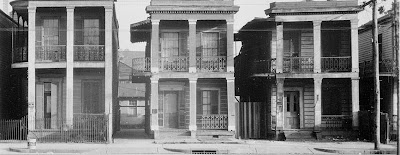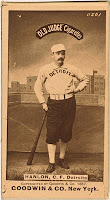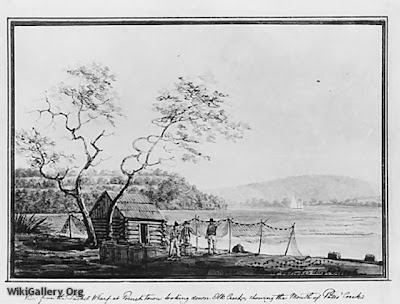 LANCASTER, Pa., Aug. 19 /PRNewswire-USNewswire/ -- Beginning August 19, the Nation will see Presidential $1 coins bearing the image of James Buchanan, the Nation's 15th President. To commemorate the release of the new coin, the United States Mint hosted a launch ceremony on the grounds of Wheatland, Buchanan's beloved home, in Lancaster, Pennsylvania.
LANCASTER, Pa., Aug. 19 /PRNewswire-USNewswire/ -- Beginning August 19, the Nation will see Presidential $1 coins bearing the image of James Buchanan, the Nation's 15th President. To commemorate the release of the new coin, the United States Mint hosted a launch ceremony on the grounds of Wheatland, Buchanan's beloved home, in Lancaster, Pennsylvania.
"In a few short weeks, Americans will begin to see James Buchanan Presidential $1 Coins and will be reminded of his place in history," said United States Mint Deputy Director Andy Brunhart.
The ceremony included commentary on Buchanan's legacy from Donald Walters, Emeritus Professor of Educational Administration at Temple University. Following the ceremony, children 18 years old and younger received a James Buchanan Presidential $1 Coin, and adults exchanged their currency for 25-coin rolls of the new coin.
 Buchanan, the 15th U.S. President, was born on April 23, 1791, near Mercersburg, Pa. He was the oldest of 11 children. After graduating from college, Buchanan studied law and began a successful law career in 1812. During the War of 1812, he helped defend Baltimore against British attack. Buchanan, a gifted orator, became a state legislator, and later served as a member of the U.S. House of Representatives and Senate, and as U.S. minister to Russia. In 1845, he became President James K. Polk's secretary of state. His later service abroad as U.S. minister to Great Britain helped insulate him from the growing domestic controversy over slavery, which was reaching a crescendo by 1856, helping him secure the Democratic Party's nomination for President. Two days after Buchanan was inaugurated, the U.S. Supreme Court issued the controversial Dred Scott decision, which effectively legalized slavery in all U.S. territories. The decision was another factor that propelled the Nation toward civil war.
Buchanan, the 15th U.S. President, was born on April 23, 1791, near Mercersburg, Pa. He was the oldest of 11 children. After graduating from college, Buchanan studied law and began a successful law career in 1812. During the War of 1812, he helped defend Baltimore against British attack. Buchanan, a gifted orator, became a state legislator, and later served as a member of the U.S. House of Representatives and Senate, and as U.S. minister to Russia. In 1845, he became President James K. Polk's secretary of state. His later service abroad as U.S. minister to Great Britain helped insulate him from the growing domestic controversy over slavery, which was reaching a crescendo by 1856, helping him secure the Democratic Party's nomination for President. Two days after Buchanan was inaugurated, the U.S. Supreme Court issued the controversial Dred Scott decision, which effectively legalized slavery in all U.S. territories. The decision was another factor that propelled the Nation toward civil war.
 Buchanan served one term in office, from 1857 to 1861. He then retired to his Pennsylvania home, Wheatland, where he died on June 1, 1868.
Buchanan served one term in office, from 1857 to 1861. He then retired to his Pennsylvania home, Wheatland, where he died on June 1, 1868.
The Presidential $1 Coin Act of 2005 (Public Law 109-145) directs the United States Mint to issue four $1 coins each year to honor our Nation's Presidents in the order they served in office. The James Buchanan Presidential $1 Coin is the 15th release in the Presidential $1 Coin Program.
The United States Mint, created by Congress in 1792, is the Nation's sole manufacturer of legal tender coinage. Its primary mission is to produce an adequate volume of circulating coinage for the Nation to conduct its trade and commerce. The United States Mint also produces proof, uncirculated, and commemorative coins; Congressional Gold Medals; and silver, gold and platinum bullion coins.























































